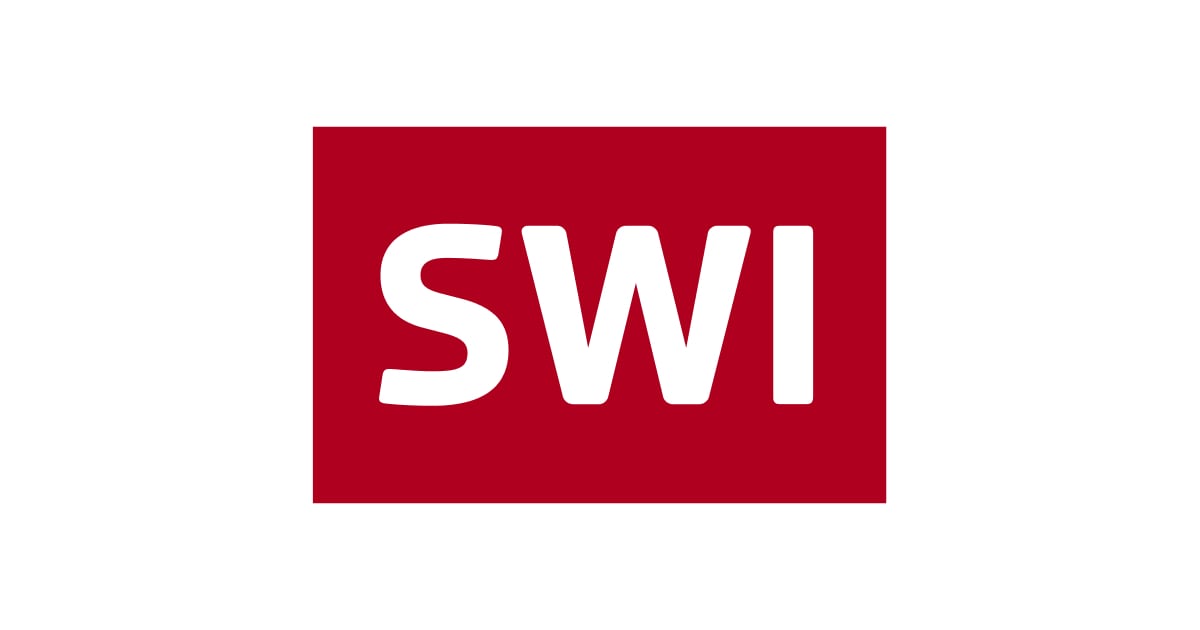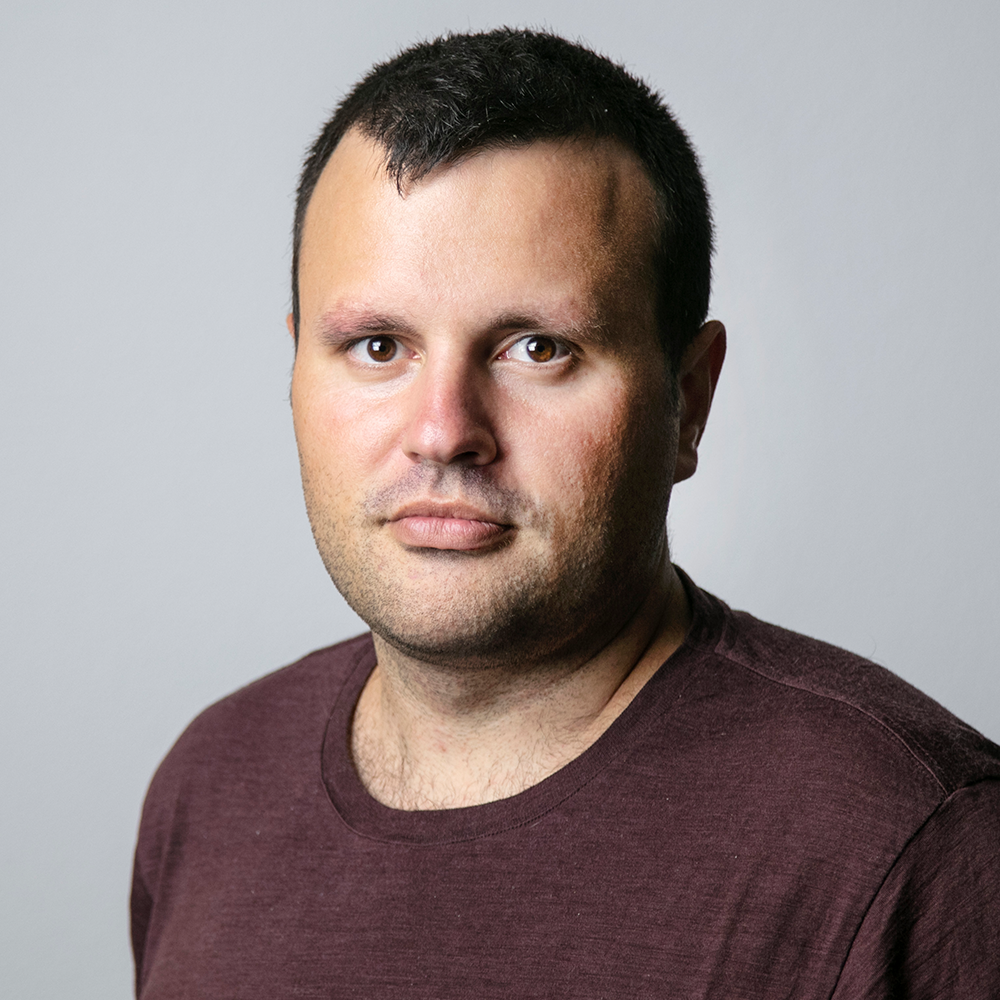Trump’s Pharma Threats Take Tariffs Into Uncharted Territory
(Bloomberg) — Supply Lines is a daily newsletter that tracks global trade. Sign up here.
For more than three decades, the pharmaceutical sector has been protected from tariffs by a World Trade Organization agreement designed to improve access to life-saving drugs.
But as US President Donald Trump prepares to launch a new wave of levies aimed at reducing America’s trade deficits and bringing manufacturing back to home soil, pharmaceuticals are high on the list of targets.
On Friday, the president said specific pharma tariffs were coming “soon.” He gave no details on what those tariffs would look like or exactly how existing blanket levies on goods from China, Canada and Mexico — and upcoming “reciprocal” tariffs on most of the world — apply to the sector. But he has previously singled out Ireland, home to manufacturing plants for most of the world’s top 10 pharmaceutical companies.
“Ireland was very smart. We love Ireland. But we’re going to have that,” he said Wednesday.
The battle to dominate pharma manufacturing won’t be easy on US companies. Multinationals like Eli Lilly & Co. and Pfizer Inc. have invested billions in developing complex global supply chains, with Europe a key piece of the puzzle. Nearly 90% of US biotech companies rely on imported components for at least half of their FDA-approved products, according to the Biotechnology Innovation Organization. The pharmaceutical industry contributed €311 billion of gross value added in the EU in 2022, according to PwC.
Protectionist policies will raise the prices of active ingredients for these producers, many of whom may have little recourse to return manufacturing to the US in the short term. Consumers are likely to feel the hit too, in the form of higher prices, potential shortages and financial strain on health care providers.
“Patients will end up paying for these products,” Richard Saynor, chief executive officer of Sandoz AG, Europe’s largest generic drug maker, said last month. “Either supply will get worse and/or the pricing will get back to insurers and ultimately to patients. I don’t think this is a strategy to drive more investment to the US.”
One possibility is that tariffs will be determined by where a medicine’s active pharmaceutical ingredient is made, rather than where the final product is assembled.
Levies on the sector will be particularly difficult to manage, according to Sam Lowe, partner and international trade expert at Flint Global. That’s in part because pharmaceuticals have been spared from tariffs and other exemptions for so long. In addition, “firms will have to pay much greater attention to the origin of the products they are exporting to the US,” he said.
The impact will be especially powerful in the generics industry, which makes the blood pressure drugs, heart medicines and other treatments most commonly prescribed to Americans, according to Marta Wosinska, a senior fellow at the Brookings Institution’s Center on Health Policy. It takes three to five years to build a drug factory, she said.
Generics have been a significant contributor to lowering drug costs in the US, but the sector’s margins are small. Unless other policies are put in place to shield makers of generics, some may begin to leave the market, Wosinska said.
For these companies, building a new factory inside the US may not pencil out. “The math just doesn’t work, period,” she said. “The timelines are too long, and the potential upside is too uncertain, and tariffs can come on and off.” She highlighted makers of injectable medicines such as chemotherapy, intravenous antibiotics and other hospital treatments in particular.
For brands, “the calculus is just dramatically different,” according to Wosinska.
Just two companies, Novo Nordisk A/S and Eli Lilly, produce the bulk of the world’s insulin, an essential medicine. Their supply chains are complicated and moving enough production to America to supply the entire domestic market would be difficult, if not impossible.
Some European makers of branded medicines already have a significant manufacturing footprint in the US. Swiss pharmaceutical giant Roche Holding AG, for example, makes its best-selling treatment Ocrevus in the US. But transferring a complex drug to a different factory takes time – about a year, according to industry experts.
Ozempic maker Novo, Europe’s largest drug producer, isn’t immune to tariffs despite pouring billions of dollars into US production, CEO Lars Fruergaard Jorgensen said in early March. The company would face a short-term impact, he said.
While expensive active ingredients are likely to be the focus of any tariffs, levies on other chemicals such as preservatives, coatings and colorants would also have an effect, according to Matthew Holt, co-founder of Collaborative Sourcing, a London-based pharmaceutical procurement consulting company. Such chemicals are produced all over the world and the US market may struggle to meet its needs internally, Holt said.
“There are definitely a lot of questions about it and a lot of uncertainty,” he added. He is advising his clients to “consider the wider supply chain. You’ve got to tick all the boxes.”
On Wall Street, analysts are attempting to model the potential outcomes of still-vague pharma levies. “These tariffs and their implementation are still uncertain,” Jefferies analyst Michael Yee wrote in a recent note to clients. They could threaten supply chains and the tax incentives some companies get from housing manufacturing operations overseas, Yee said.
Until now, the drug-making industry has been largely optimistic about the Trump administration and the potential for less regulation. The two top pharma lobbying groups have been overwhelmingly supportive – even staying silent during dramatic funding cuts and restructuring at the country’s main health agencies.
Now, trade groups have started to break rank. Pharmaceutical Research and Manufacturers of America released a statement Friday warning that “tariffs would make it harder for companies to invest more in the United States.”
Drug companies are looking to stockpile, with reports of increased airfreight in recent weeks, said Caroline Shleifer, CEO of RegASK, a platform that uses AI to augment regulatory research. Most companies that have drugs with sufficient shelf-life want to have at least three to six months of stock in the US “while they reassess the possible impact” and try to figure out potential workarounds on the tariffs, she said.
Ireland’s exports to the US were up 81% in January, a shift that has been attributed to the stockpiling efforts.
“This beautiful island of 5 million people has got the entire US pharmaceutical industry in its grasp,” Trump said at a White House meeting with Ireland’s Prime Minister, Taoiseach Micheal Martin, on March 12.
The country has been a particular beneficiary of US companies’ efforts to outsource parts of the pharmaceutical production chain, thanks to its relatively low tax rates, skilled workforce and willingness to invest in infrastructure and research and development. Ireland has the second-largest trade surplus with the US among EU nations and its exports to America hit a record €72.6 billion in 2024, up 34% on the previous year. Pharma accounts for a significant share of that. And Trump doesn’t just want to close the gap, he wants some of that production to move to the US.
“There’s many things that make Ireland really attractive,” Eli Lilly’s head of manufacturing Edgardo Hernandez said in an interview in September.
“The workforce, I mean, that’s the main thing. They are qualified and they understand our industry,” he said, adding that the government and the foreign direct investment agency had been “amazing to work with.”
Kinsale, on Ireland’s west coast, is the only place where Eli Lilly does the first production step for its best-selling drugs Mounjaro and Zepbound.
So perhaps it’s unsurprising that Trump – who frequently mentions the EU’s trade surplus – has started to focus on Ireland.
But while tariffs will affect US consumers and companies as well as those further afield, some businesses may be either unable or unwilling to dismantle existing supply chains, said Atli Stannard, special counsel at law firm Covington & Burling LLP.
“Either there is no way to change it in the immediate term or it just doesn’t make sense financially to change it fundamentally,” he said. “If you invested millions in building a biosecure plant in Europe and you only need one such plant in the world, it may not make sense to replicate it in the US.”
–With assistance from Alberto Nardelli, Ashleigh Furlong, Paula Doenecke and Sonja Wind.
©2025 Bloomberg L.P.








